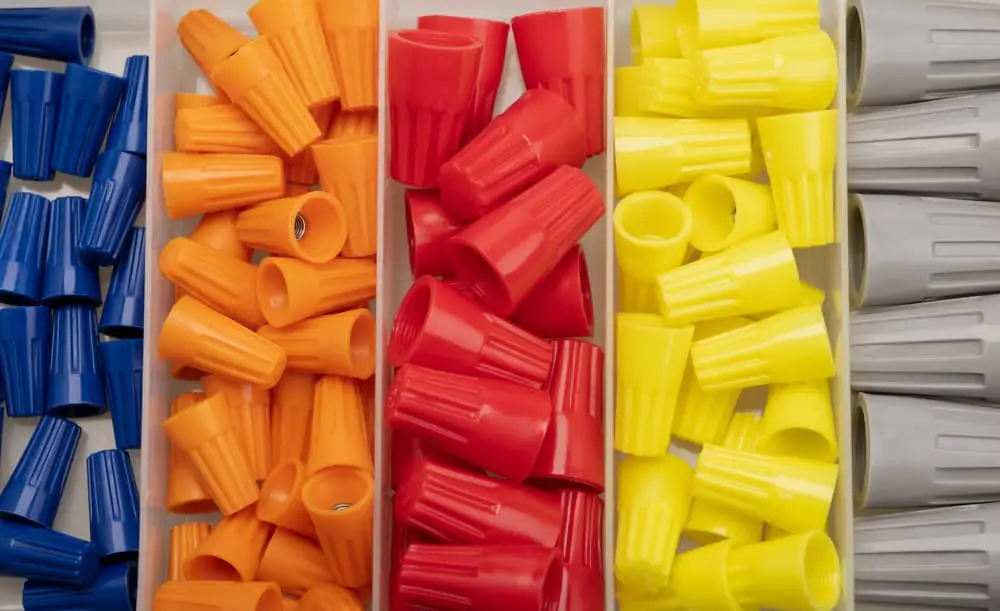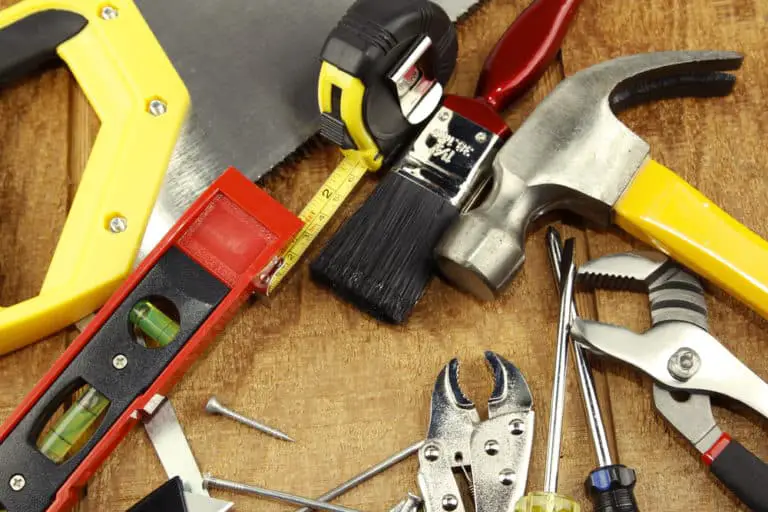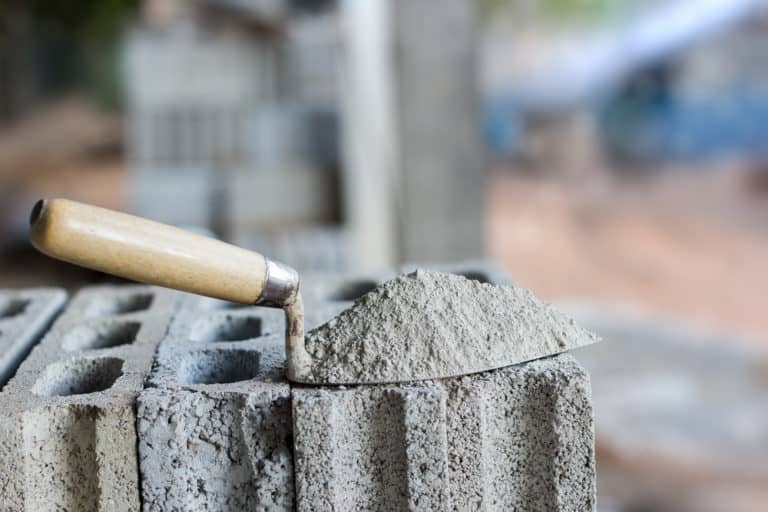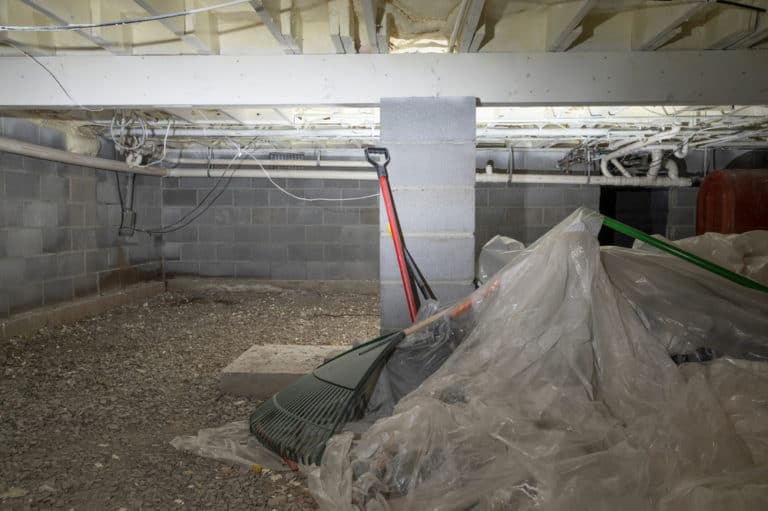Is It OK To Reuse Wire Nuts? Here’s The Truth
Whether you are a DIY home electrician or a professional, you will often need to connect wires. Wire connections create electrical continuity in a circuit but could become a safety hazard if done improperly. That is why you need wire connectors like wire nuts to create safe junctions.
You can reuse a wire nut as long as the structural integrity is intact. It makes no sense to replace a wire nut that does not show signs of damage. However, most electricians prefer new wire nuts for every connection because of the low cost.
Wire nuts appear almost everywhere, from homes to commercial premises, and they have been joining wires for close to a century now. However, whether you can reuse them is a question that plagues electricians (both professionals and hobbyists) to this day. This article aims to discuss the basics of the device, its use, and finally attempt to dredge up the truth about its reusability.
Wire Nuts Explained
Defining Wire Nuts
The term “wire nut” is slang for a connector used to splice wires in a circuit. When working an electrical circuit, electricians often face situations where two or more conductors hang out and need to be connected to complete the electric loop. For decades, wire nuts have been serving this purpose, although they appear to be more popular in North America.
If you search for a wire nut but fail, you might want to ask for a twist-on wire connector. This is the alternative name for wire nuts, and it derives from the mechanism with which the gadget works. Moreover, electricians worldwide have other words for the devices, including cone connector, wire connector, Marrette (especially in Canada), and thimble connector.
Before they became popular in the industry, electricians often spliced wires with thick electrical tape. The process was slow and entailed many safety hazards, not to mention the numerous cold violations.
Applications of Wire Nuts
As mentioned earlier, wire nuts connect two or more wires where there needs to be continuity for an installation to function. We also saw that the device splices wires, which entails twisting the wires to connect in a tight windy grip.
Wire nuts have been the go-to solution for connecting circuits because of their great safety record. Each device comes with a plastic shell for insulation and an interiorly threaded nut that twists the conductors. The insulation on the outside prevents unnecessary accidents, which were plenty in old installations that used electrical tapes.
There are various types of wire nuts, each color-coded based on the intended application. The following is a breakdown of the colors and corresponding applications:
- Orange – is a code for wire nuts capable of twisting two conductors of gauge 14.
- Yellow–wire nuts with this color can splice three 12-gauge conductors or two 14-gauge conductors.
- Green – are capable of handling splices of 14-gauge grounding wires. Such wire nuts have a hole on the narrow end through which a wire runs and connects to another device.
- Gray – this is an all-purpose twist-on wire connector. It means it can splice wires across all gauges.
Besides color coding, some wire nuts are created for specific installations. For example, the wire nuts for twisting 16-gauge wires are smaller than the rest, and they often come with blue, ivory, or white caps.
Moreover, B-cap wire nuts are slimmer than the rest. The unique shape enables them to fit in small spaces, making them useful if you need to splice wires in a crowded installation.
How Wire Nuts Work
Let’s say we agree not to use electrical tapes ever in any installation and instead rely on wire nuts. Naturally, therefore, we need to know how the devices work and how to use them.
If you may recall, regular wire nuts have two main parts, a conical plastic cap and a metallic nut on the inside. The conical exterior has ridges (or wings if you like) for gripping as you twist the conductors.
The threads on the inside provide a tight grip on the wires to avoid slippage when twisting. Some wire nuts come with a spring for the same function, although others include both of them for better results.
The most amazing thing about the wire nuts is how easy it is to use them. The following steps follow the standard procedure of using wire nuts:
Step 1: Strip the Insulation Off the Conductors
Using a wire stripper, remove the insulation on the wires up to three-quarters of an inch. Ensure to use the correct hole and apply sufficient effort to avoid cutting the wire.
Step 2: Insert the Wires into the Device
First, hold the wires side-by-side such that they align at the stripped ends. Then, select the wire nut of the appropriate size – use the color code discussed earlier.
Give the wires a hefty push so that they reach the proper end of the device and start twisting. Do this until no stripped part appears below the wire nut. If it gets tough before the twist is satisfactory, you could use pliers for extra tightness.
When satisfied with the twist, give the spliced wires a soft tug to ensure the nut holds them securely.
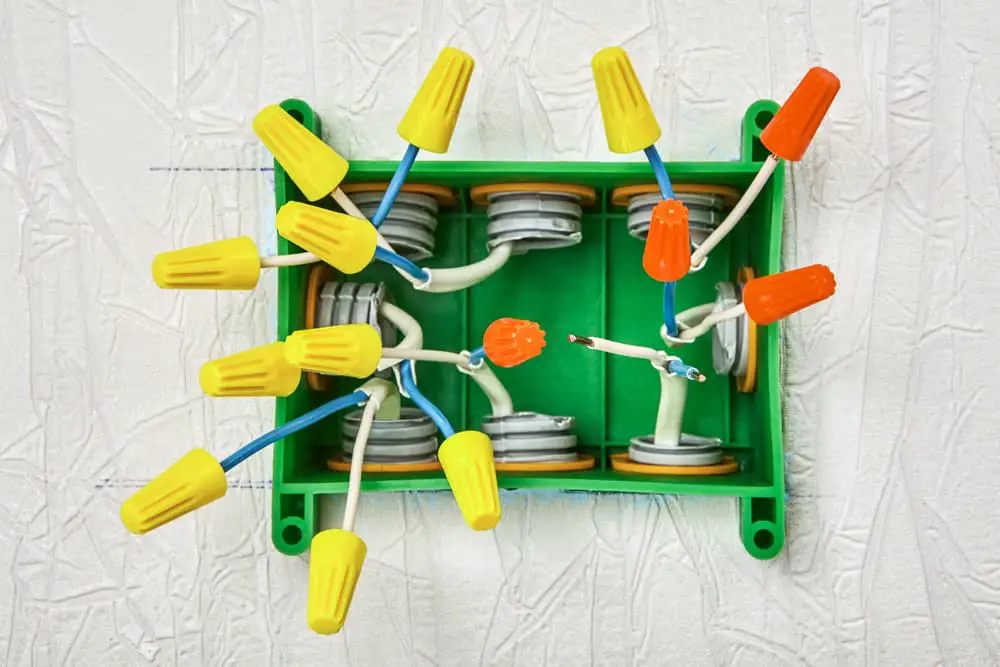
What Is The Truth About Reusing Wire Nuts?
The truth is that every twist makes scratches (sometimes even cracks) in the interior part of the nut. In some cases, the cracking is so bad that the connector cannot grip wires anymore. If this happens, then you have to replace the device.
However, the standard test for whether a wire nut is reusable is checking if the device bites down on the conductors tight enough to maintain a continuous connection in a circuit. This means the nut should hold tight when you give the wires a soft tug after twisting. If it does not release, then the wire nut is in perfect condition for reuse.
According to some online forums, many electricians remove the nuts to test the circuits after a given period. From the comments, they reuse the nuts more than once as long they tighten up alright. Some of the electricians put back the nuts after testing the circuits “without a single thought.”
Tips To Ensure Wire Nuts Are Reusable For Longer
The life expectancy of any device often depends on how you use it. All you have to do is follow the correct procedure and avoid unnecessary stress on the device. Of course, when using wire nuts, it goes without saying that the more careful you are when using them, the longer you are likely to reuse them.
For example, some electricians pre-twist the wires before inserting them into the device. This doesn’t seem right – even the manufacturers advise against it. Most manufactures ask consumers to insert the wires in a side-by-side configuration for better grip. Pre-twisting the wires put more strain on the threads in the nut because it increases the real gauge.
Another tip to employ is to prevent the nut’s interior from rusting. Although not common, some wire nuts begin to deteriorate due to exposure to moisture. Some manufacturers advise consumers to cover the wire nut with electrical tape after installation to avoid this problem. The electrical tape should cover all areas that might let in moisture.
Conclusion
Wire nuts are great connectors, but, as with everything else, they work best when applied correctly. The devices tie together multiple conductors in the most secure yet simple manner. They help electricians to avoid basic mechanisms like using electrical tapes but also avoiding more expensive alternatives.
Most importantly, you should know when not to use wire nuts in a splicing job. For example, you will completely mess up the job if you spliced ethernet cables with this device. Moreover, the simplicity of the connections makes wire nuts ideal for low voltage circuits, such as house wiring. On the other hand, using the devices for industrial panels, for example, might complicate the circuit, especially when troubleshooting.

